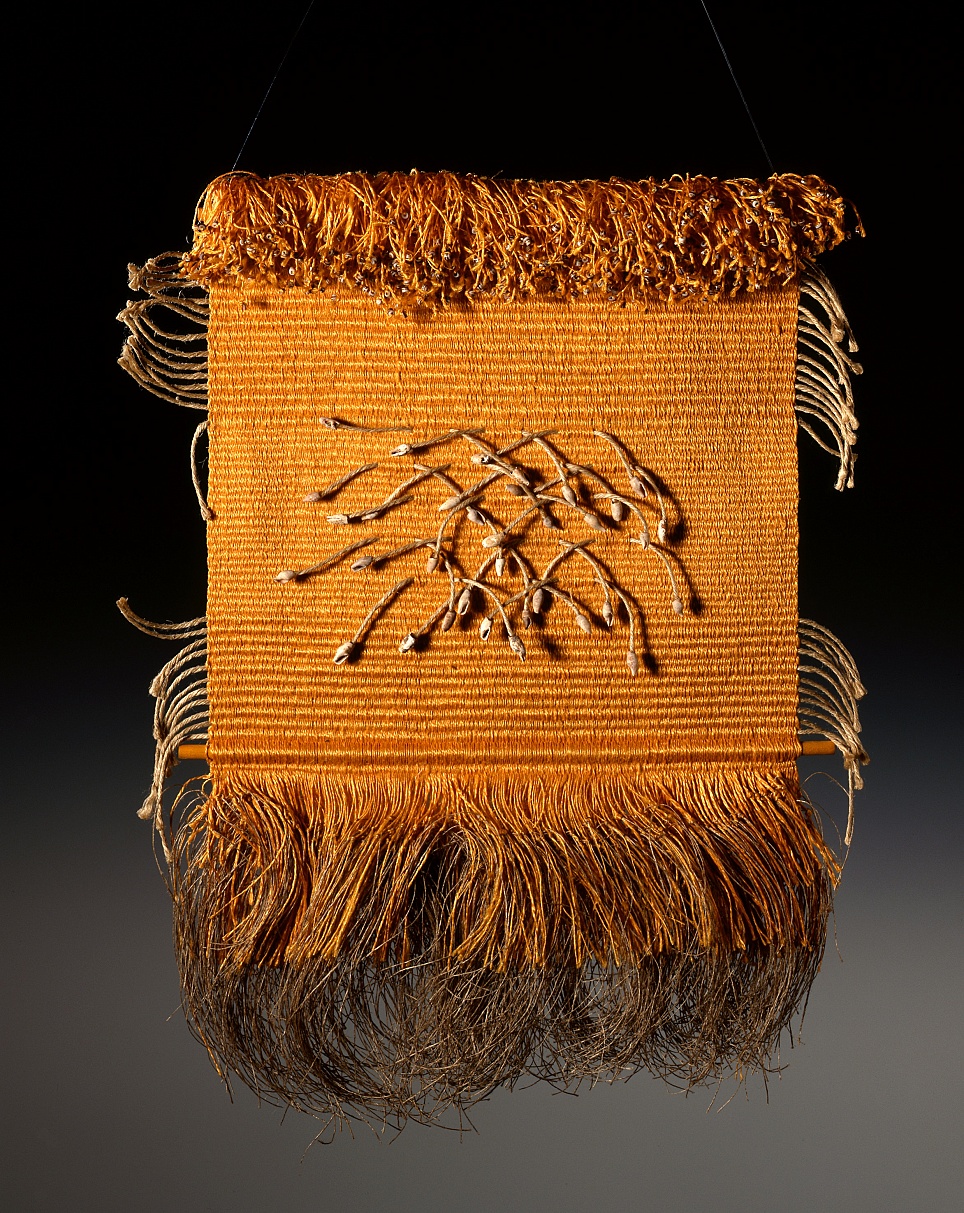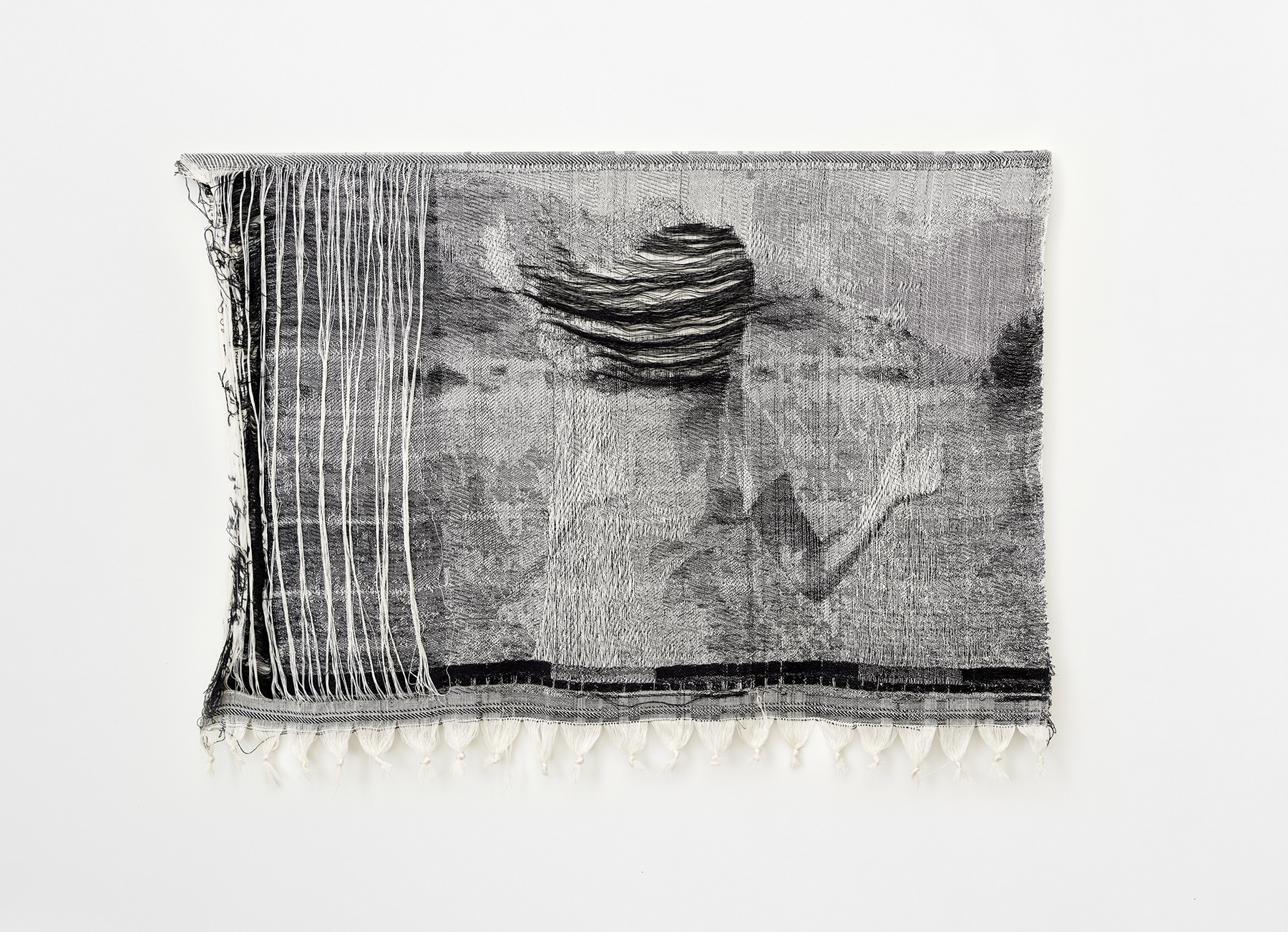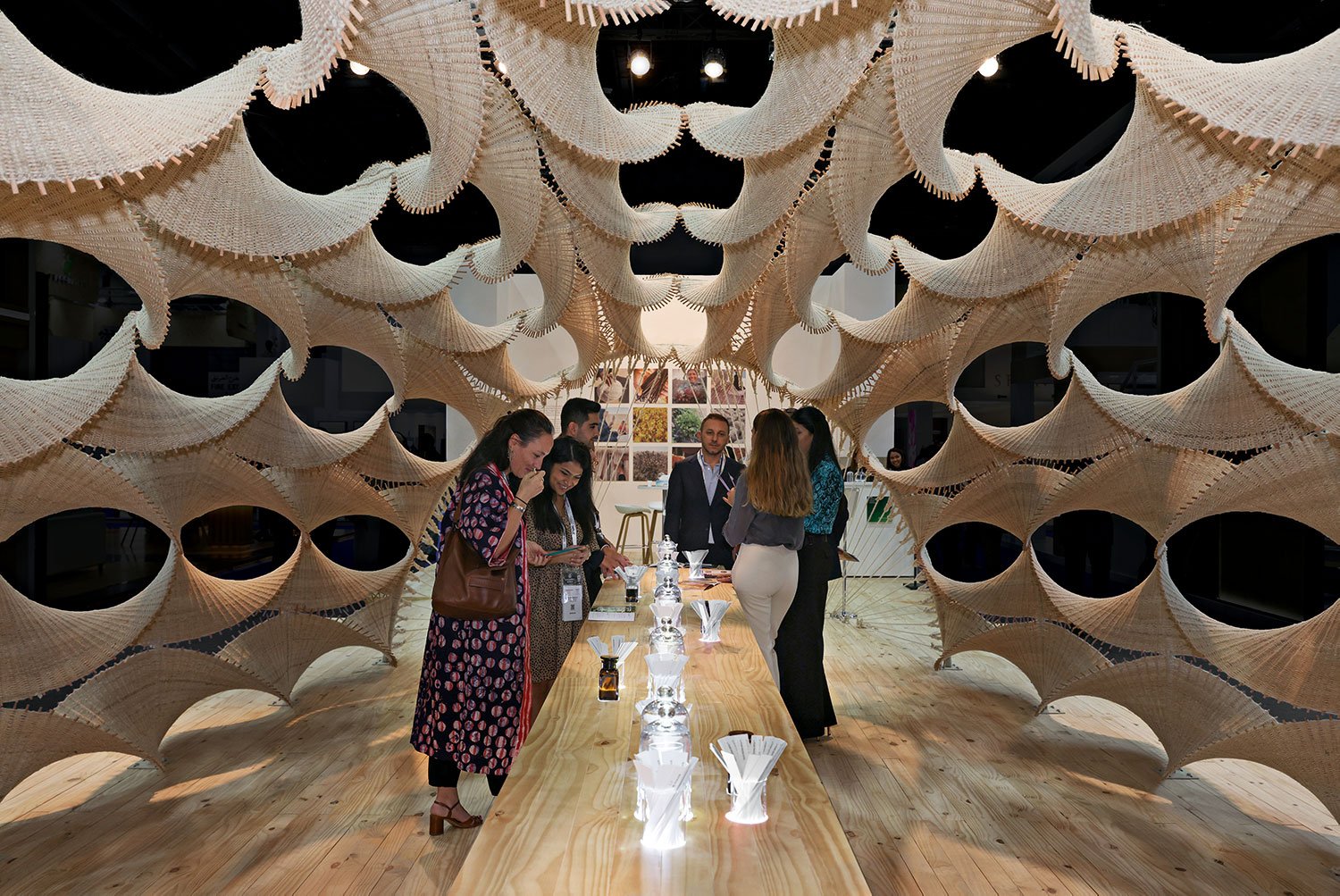In a remote village surrounded by hills and time, elders sit with threads between their fingers, weaving not just cloth but the very memory of their community. Today, as modernization presses forward, these weaving traditions—once passed from hand to hand, heart to heart—are vanishing. But a digital archive preserves weaving traditions in ways once unimaginable, helping ensure that the wisdom, identity, and soul of a people do not disappear with time.
At Remin.site, we believe death is not the end—it is the beginning of legacy. Just as our platform safeguards the voices, dreams, and memories of loved ones, so too does digital preservation protect the creative legacy of entire communities. This is a story of one such effort, where tradition meets technology to create a lasting impact.
Threads of a Vanishing Culture
Across the world, weaving has been more than a technique—it is a way of storytelling, of belonging. From intricate loom patterns to naturally dyed fibers, every textile is a repository of ritual, weather, migration, and prayer. But with fewer young people learning the craft, entire worlds are being forgotten.
“When my grandmother wove, she was singing. Now, the loom is silent.” – A young artisan from the case study community.
In response to this silence, a group of artisans, archivists, and technologists joined forces. Their goal: to digitally preserve every weave, every color, every meaning before it slips away forever.
Why Weaving Traditions Are at Risk
Globalization and Urban Migration
- Young people are leaving villages in search of work, abandoning traditional knowledge.
- Local economies no longer depend on hand-made crafts, weakening the demand for weaving.
Generational Gaps in Craft Transmission
- Fewer master weavers remain to teach the next generation.
- Colonial histories and modernization have devalued indigenous crafts in education systems.
These challenges reflect a broader global trend, echoed in UNESCO’s Intangible Cultural Heritage platform, which recognizes weaving as a critical yet endangered cultural practice.
How a Digital Archive Saved the Day
The Community Initiative
Led by local women, supported by researchers and cultural activists, the weaving community launched a digital archive that serves as a living memory bank. With support from organizations like the Textile Society of America, they began photographing, filming, and narrating their techniques, stories, and rituals.
Technology Meets Tradition
Using open-source platforms and cloud-based storage, the archive includes:
- High-resolution images of patterns and fabrics
- Step-by-step videos of weaving processes
- Oral histories told by elder weavers
- Digital catalogs of tools, looms, and dyes
Role of Metadata and Documentation
Rather than just naming files “IMG001,” the team used descriptive metadata—each textile entry includes region, fiber type, symbolic meaning, and weaver’s name. This transforms a digital collection into an educational and cultural archive.
Collaborative Storytelling
Instead of extracting information, the archive prioritizes co-creation. Elders contribute voice notes; artists tag their own work. Inspired by the ethical guidelines of UNESCO’s Cultural Heritage program, the archive ensures every artisan is credited and empowered.
Benefits of Digital Cultural Preservation
Visibility and Empowerment for Local Artisans
The archive has become more than a database—it’s a beacon. Local artisans now participate in online craft fairs, exhibit in digital museums, and even sell internationally through ethical fashion platforms. They’ve gained recognition, confidence, and income.
Academic, Educational, and Global Impact
Anthropologists, students, and educators now use the archive in their studies and classrooms. Partnerships with institutions like the Smithsonian Center for Folklife have brought further attention and funding to the cause.
Aesthetic and Cultural Narratives in Textile Work
Image Gallery and Symbolic Meaning




Each textile is not just visual—it carries encoded meanings about gender roles, ancestral lineage, agricultural rhythms, and cosmology. By preserving and interpreting these, the archive helps retain a sense of identity that is often lost in translation.
Shield IV by Lenore Tawney (1966)
This iconic piece—Shield IV—by artist Lenore Tawney reinterprets protection, identity, and woven strength through abstraction. As seen in the Bauhaus Imaginista archive, it serves as a bridge between ancient weaving traditions and modern artistic expression. Such artworks validate the deep intellectual and emotional power of textiles in both indigenous and contemporary contexts.
Terroir Tent by Abeer Seikaly
In another stunning example of textile architecture, Abeer Seikaly’s Terroir Tent (viewable here) takes cues from nomadic Bedouin weaving techniques. It reflects how memory and design converge when tradition is allowed to evolve—highlighting that preservation is not about freezing the past, but giving it room to grow.
Textile Documentation Projects
Community-driven documentation, like that featured by the Textile Society of America, often includes visual archives, dye recipes, and weaving diagrams. These materials serve as references for future artisans and scholars, making them invaluable cultural assets. View a sample documented project here.
Challenges in Digitizing Weaving Heritage
Digital Divide and Infrastructure
While digital archives offer immense promise, many weaving communities lack stable internet access, reliable electricity, or funding for long-term hosting. Without infrastructure investment, these projects risk remaining incomplete or inaccessible to those who need them most.
Ethical and Cultural Sensitivities
Digitization must navigate sensitive questions:
- Who owns the rights to digitized cultural artifacts?
- How is community consent obtained and honored?
- What happens when sacred or gender-restricted knowledge becomes globally accessible?
These ethical concerns are central to cultural sustainability. For thoughtful guidelines, see this MDPI publication on cultural education.
What This Means for the Future
Blueprint for Other Communities
The success of this case study offers a replicable model. With basic recording tools, storytelling methods, and collaboration, any community can begin preserving its own intangible heritage. The impact grows exponentially when aligned with platforms like Remin.site—where memories and legacies find their rightful home.
Sustaining Living Knowledge
Digital archives should not replace hands-on tradition, but amplify it. That’s why some communities have introduced:
- Online training modules for young learners
- Weaving kits based on archived techniques
- Intergenerational mentorship guided by video documentation
“We didn’t just record our weaving—we recorded our way of life. And now our children watch, learn, and remember.”
Conclusion: A Legacy Woven in Pixels
In a world moving ever faster, the quiet rhythm of the loom might seem outdated. But within those fibers lies the DNA of generations. A digital archive preserves weaving traditions not just as artifacts, but as vibrant, evolving expressions of culture.
At Remin.site, we understand deeply that preservation is more than storage—it is a celebration. Just as our platform protects the voices and visions of loved ones, digital textile archives protect the very soul of communities. Death is not the end—it is the beginning of remembrance, reverence, and revival.
Let us not allow the loom to go silent. Let us listen, record, and pass on every thread.
FAQs About Weaving Archives and Cultural Preservation
What is a digital weaving archive?
A digital weaving archive is a virtual repository where weaving techniques, designs, stories, and materials are documented and stored using photos, videos, and metadata.
Why is digital preservation of weaving important?
It safeguards traditions at risk of being lost, empowers artisans, educates future generations, and connects global audiences with local heritage.
Who creates and maintains these archives?
Usually, local communities, in partnership with cultural organizations, researchers, and platforms like Remin.site, collaborate to build and manage these archives.
Can digital archives replace in-person learning?
No—but they serve as crucial support tools that complement live instruction, especially when elders or resources are unavailable.
How can I support digital preservation efforts?
You can donate to grassroots projects, volunteer your time or expertise, or simply share and celebrate these archives through your own networks.
